
In this episode of the Potomac Local News Podcast, we sit down with Rob Orrison, Manager of the Prince William County Historic Preservation Division, to talk about the Buckland Historic Center, also known as Buckland Mill—one of the county’s most historically rich and least-known treasures.
Located just off Route 29 near the Fauquier County line, Buckland was once a bustling mill town dating back to the 18th century. Today, it’s the focus of ongoing preservation efforts aimed at restoring its historic charm and opening it up to the public.
Orrison walks us through the area’s history, from its industrial beginnings to its strategic importance during the Civil War, and shares the county’s vision for transforming the site into an accessible destination for locals, students, and visitors alike.
We also learn about:
- How the county acquired the property
- What’s being done to preserve and interpret the site
- Plans for public tours, signage, and community engagement
Watch the full interview below:
For more information about the Buckland Historic Center, visit the county’s official site here:
pwcva.gov/department/historic-preservation/buckland-mill
Potomac Local News brings you closer to the people and places shaping life in Northern Virginia. Subscribe to our podcast on YouTube or your favorite streaming platform for more local stories.

Uriah’s note: Welcome to another installment of our History and Heritage Feature Series, which was made possible through the support of Sentara. This series celebrates the rich cultural heritage and history of Prince William County, Stafford County, Manassas, Manassas Park, and Fredericksburg.
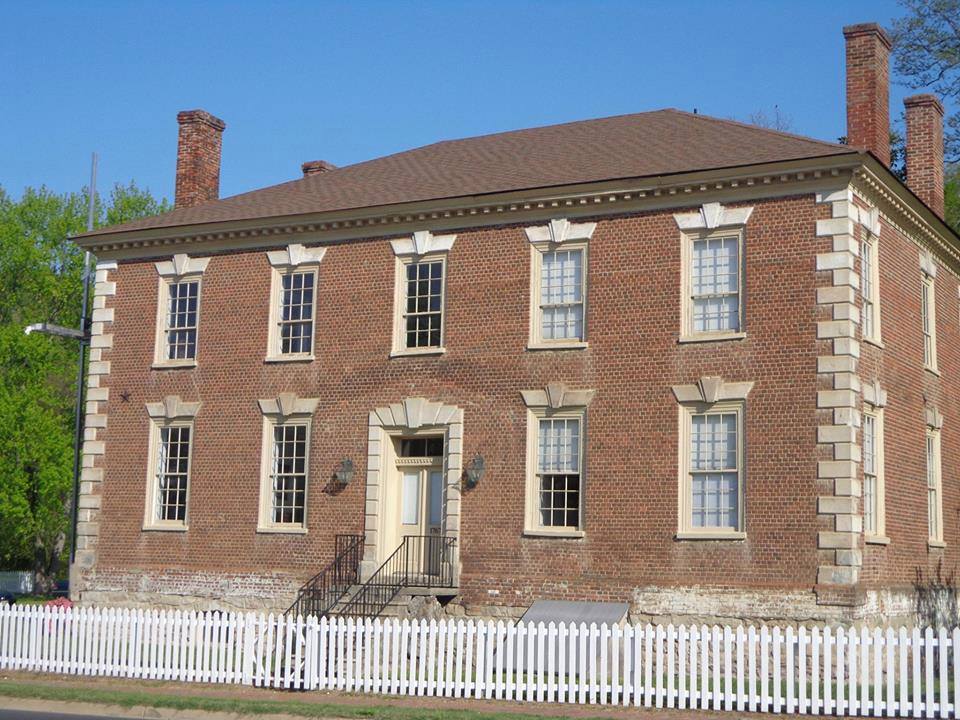
The Prince William Board of County Supervisors is advancing plans for a Revolutionary War Memorial at the historic Williams Ordinary in Dumfries, supported by an $81,000 grant from the Virginia Department of Historical Resources (VDHR) Virginia 250 Preservation Fund.
The project aims to honor the county’s contributions to the American Revolution while shedding light on the diverse individuals who helped shape the nation’s founding.
The memorial, estimated to cost $122,000, will feature an outdoor commemorative space and is part of a broader effort to revitalize Williams Ordinary. The project is contingent on a local match of $41,000, which the Prince William Historic Preservation Foundation is actively raising. To date, $31,000 has been secured, with $10,000 remaining to meet the January 31, 2025, deadline to finalize the grant agreement.
“This particular project is part of a larger project to transform Williams Ordinary into a more publicly facing historic site,” said Bill Backus, a preservationist with the county’s Office of Historic Preservation. “This particular project is to create an outdoor memorial space for the American Revolutionary War experience in Prince William County, highlighting the roles of both men and women, free and enslaved, white and Black residents and non-residents of Prince William County, who created the United States with their actions between 1776 and 1783.”
The memorial will also include the history of Batestown, a historic African American community near Dumfries. Potomac District Supervisor Andrea Bailey emphasized its inclusion, stating, “This will also include part of a larger project within the building itself to highlight some of the communities in that part of Prince William County, including the historic African American community of Batestown, Virginia.”
The Prince William County Historical Commission passed a resolution on August 13, 2024, endorsing the project and the grant application. The project aligns with the Virginia 250 Preservation Fund’s goal of enhancing historic sites in preparation for the 250th anniversary of the American Revolution.
“This is an incredible opportunity to tell the full story of Prince William County during the American Revolution,” said Supervisor Bailey during the discussion. “It’s about honoring everyone’s contributions to the founding of our nation.”
The memorial will be accompanied by improvements to Williams Ordinary, turning the historic site into an educational and commemorative space for residents and visitors. The design concept, previously approved by the Board as part of its 2024 work plan, aims to connect the community with the rich history of the Revolutionary era.
With the Board’s anticipated ratification of the $81,000 grant and the Foundation’s ongoing fundraising efforts, construction on the Revolutionary War Memorial is expected to begin in late 2025. Completion is targeted ahead of the 250th anniversary celebrations in 2026.
“This memorial will serve as a focal point for education and reflection,” said Backus. “It will connect our present-day community with the stories of courage and perseverance that defined the Revolutionary era.”
Williams Ordinary, on Route 1 in Dumfries, is one of the oldest surviving colonial-era taverns in the state and a key landmark in Prince William County’s history. Built in the mid-18th century, the two-story brick structure is renowned for its distinctive Flemish bond brickwork and grand architecture, which were uncommon for taverns of its time.

Uriah’s note: Welcome to another installment of our History and Heritage Feature Series, which was made possible through the support of Sentara. This series celebrates the rich cultural heritage and history of Prince William County, Stafford County, Manassas, Manassas Park, and Fredericksburg.
Through articles on crucial historical events, profiles of notable landmarks, and personal stories from residents, we aim to connect you to the past meaningfully. Sentara’s commitment to community involvement helps bring these stories to life, preserving our region’s heritage for future generations.
Thank you for supporting local journalism.
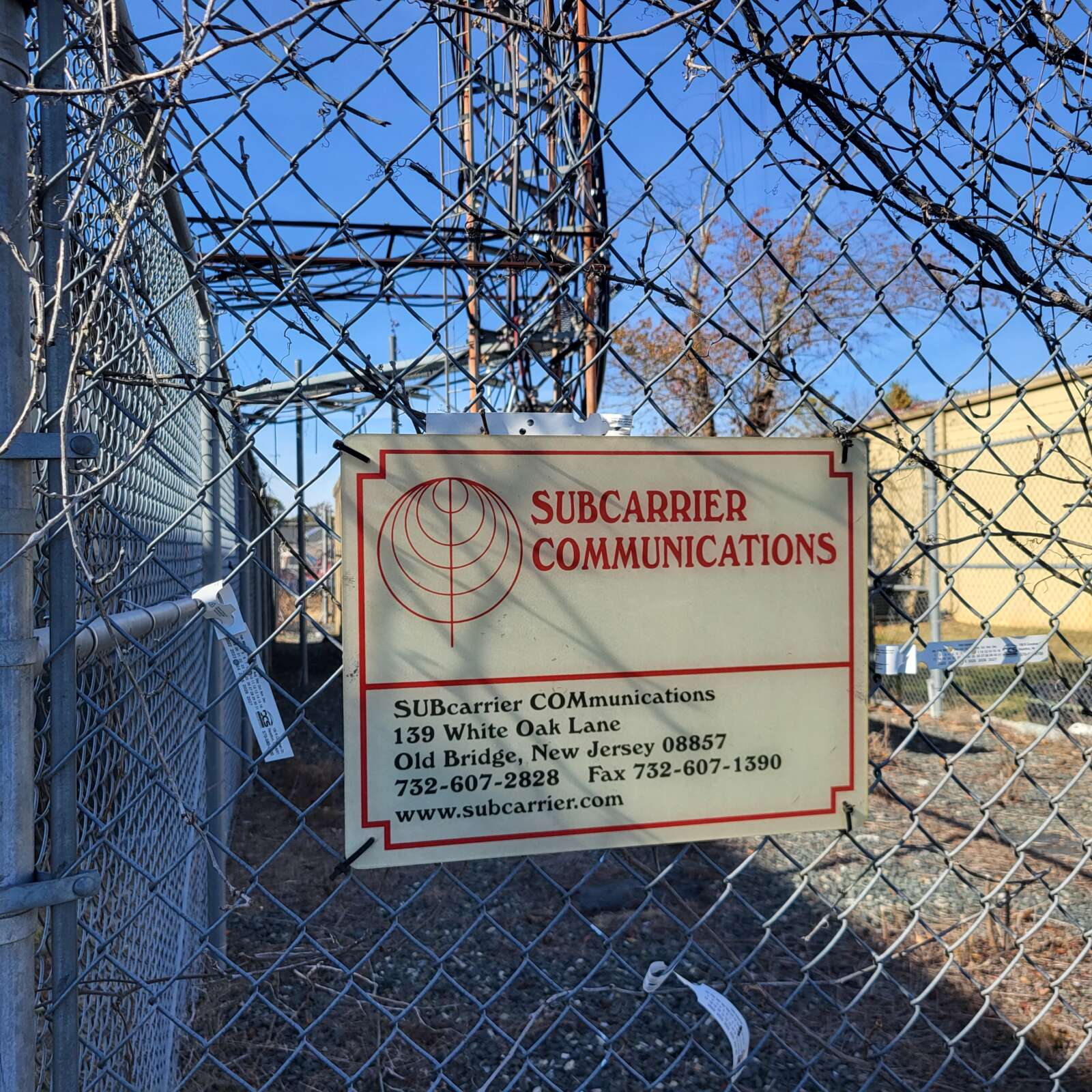
In Fredericksburg, there are a couple of newspapers and radio stations but no local television station. Residents must rely on TV broadcast signals from Washington, D.C., or Richmond, beaming from as far as 53 miles and 58 miles away, respectively.
However, in the early 1970s and mid-1980s, a couple of entrepreneurs took a stab at bringing local broadcast TV to Fredericksburg. In October 1973, WHFV-TV was launched from a building of the current-day TV Drive just off Patriot Highway. The tower is still there.
“It was local, board meetings and stuff like that,” said one of the staff at the Spotsylvania Animal Shelter, which sits across the street from the old TV station and tower. “Used to be in that building…” they said, pointing to a tower right across TV Drive from the shelter. Another member of the staff named Natalie “used to do one of the worker’s hair,” when she dabbled as a hair stylist.
Captain Willy Tydings works in the shelter and remembers his stint at the Rappahannock Cable Company or RCCTV in the mid-1980s. “I remember being on that station when I was a young man,” he said, remembering his role as a representative for the Future Farmers of America he said.
Delegate Bobby Orrock (R-66) was the newscaster at RCCTV and remembers rushing from one job, changing into a coat and tie and dashing into his studio. “I did the evening news for four to six months,” he said, “we never had a large audience.”
The lead sentence in a Free Lance-Star article dated October 8, 1973, states, “Telecasting will begin today by WHFV-TV, an NBC-affiliated television station in Fredericksburg.” It had a local news show called “Newswatch,” and the program director, Monty Smith, quoted it. It mentioned the 499-foot transmitting tower on Hudgins Road, still standing today. In addition to Fredericksburg, it covered Stafford, Spotsylvania, Caroline, and King George counties.
Another Free Lance-Star article, dated December 18, 1974, stated that an evangelist, Chris Panos, was slated to buy that station. Panos was working with executives from the KVRL station in Houston, namely Marvin Picard. While in town, Picard was interviewed by the then-news director Tom Delancy, and Picard discussed a plan to keep the station in operation.
On Wikipedia, the station was listed as WHFV TV 69. It started in 1973 but only lasted until 1975, when it “found itself in debt and losing money. “
Fredericksburg has dabbled with the television station idea several times since the early 1970s. In May 1971, an application was filed to create a UHF station; in 1976, another application was filed to start WNVI, but it was unclear what happened to them. In March 1981, more station efforts went forward, and in 1984, plans were made for another Channel 69 station, which ended up being RCCTV. However, the ads could not support it, so it folded after a few years.
In October 1976, the empty television station building on Hudgins Road was slated to become a media center for various churches. “Media center” was a common term used at that time when libraries expanded by carrying many electronic means too. This effort was led by Tower Ministries and included rooms for the churches for meetings, banquets, counseling with food, and piped-in gospel music. Now TV Drive has the animal shelter, a few car repair shops, and a 499-foot, red and white tower as a reminder of the local stations that once gave it a try.
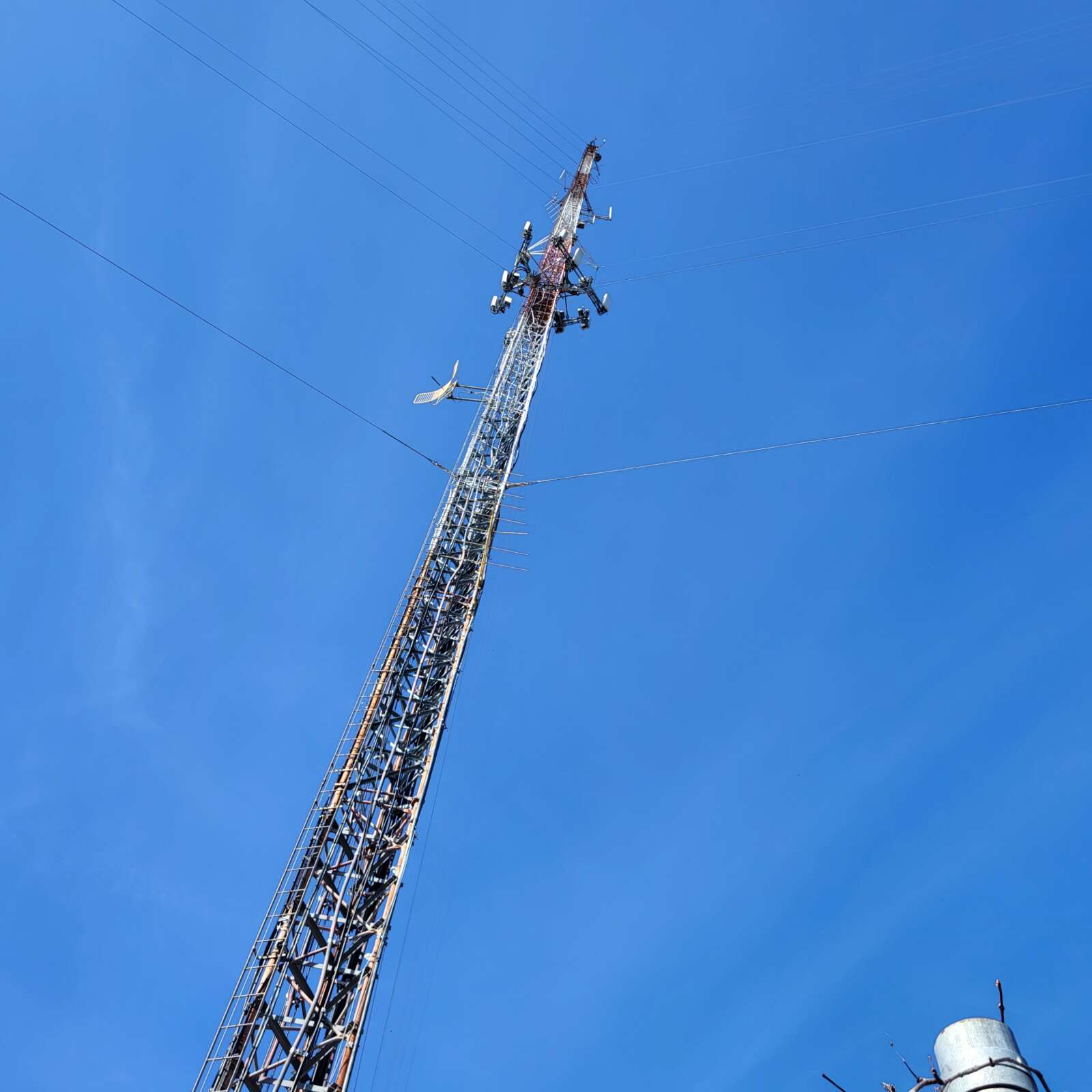
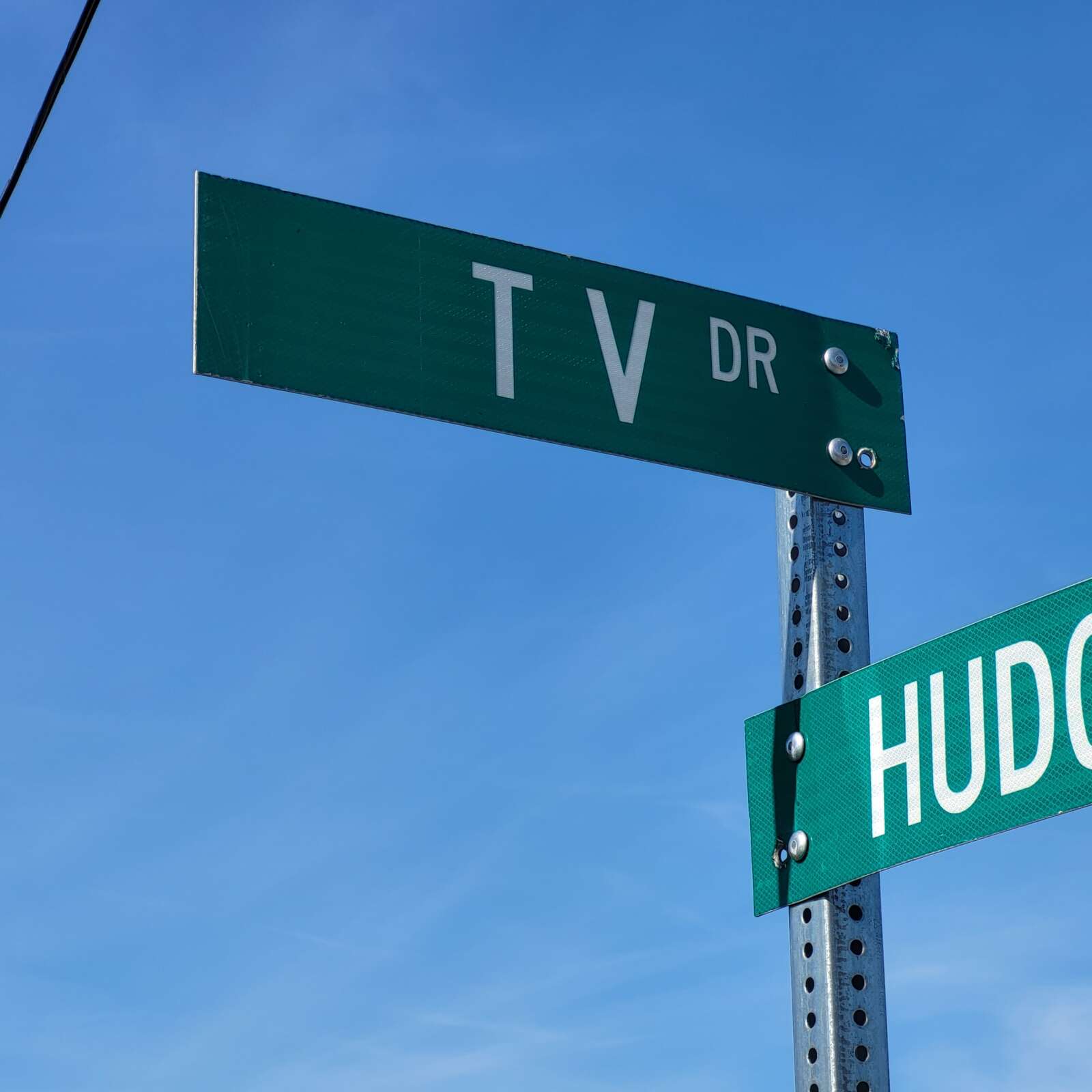
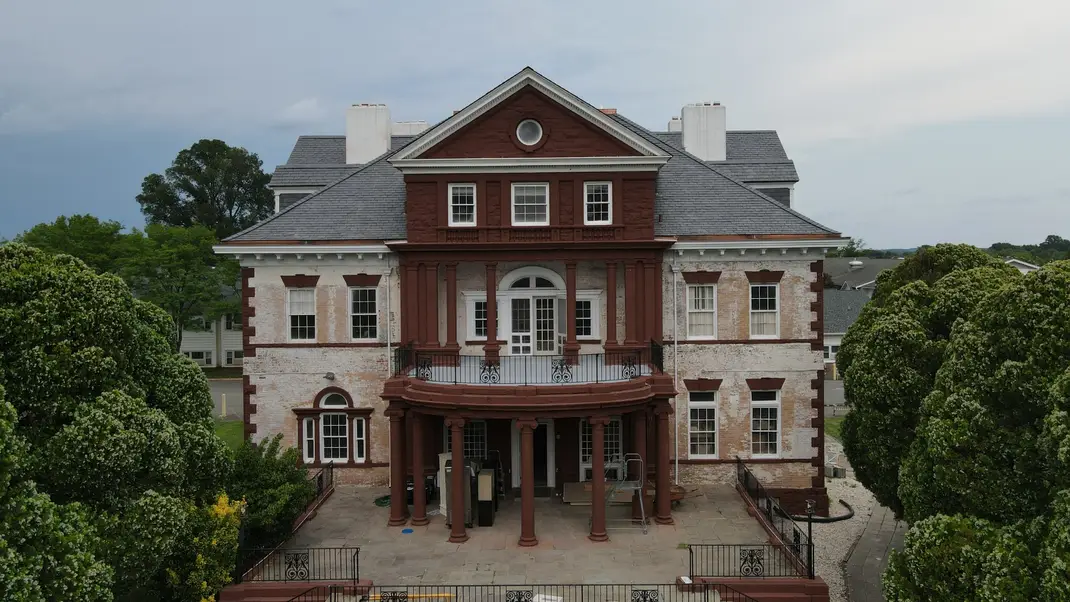
Dear Readers,
We are excited to present to you the second installment of our History and Heritage Feature Series, sponsored by Sentara. This special series celebrates the rich cultural heritage and history of Prince William County, Stafford County, Manassas, Manassas Park, and Fredericksburg.
We will delve into the historical events, landmarks, and personal stories that have shaped our communities. From in-depth articles on significant historical milestones to spotlights on notable landmarks and engaging oral histories from long-time residents, our series aims to connect you with the past in a meaningful and enlightening way.
We are proud to partner with Sentara, a name synonymous with community involvement and support. Sentara’s sponsorship helps make this series possible, allowing us to bring these important stories to you while highlighting their commitment to preserving our local history.
Join us as we explore the places, events, and people that tell the story of our region’s past. Understanding our history is crucial to building a better future and maintaining the rich traditions that define us.
Thank you for your continued support of local journalism.
Uriah Kiser
Founder & Publisher
Potomac Local News
Annaburg Manor Unveils First Phase of Renovations, Opens to Public
This Saturday, the City of Manassas will celebrate the ribbon cutting for the newly renovated Annaburg Manor, a historic estate built in 1892 by the Portner family. Once a nursing home and hospital, the manor was purchased by the city in 2019 with the vision of transforming it into a public park. After years of renovations, the first phase of the project is complete, opening the grounds to the public.
Mary Helen Dellinger, Curator at the Manassas Museum, spoke about the challenges the city faced while restoring the manor. “The single biggest challenge for us was that there were no architectural plans showing what the building looked like before. We don’t know what the inside of it looked like during Portner’s time; we only have pictures of the outside,” Dellinger explained. Changes made by previous owners complicated efforts to determine which parts of the house were original and which were later additions. To aid the process, the city worked with Portner’s descendants and used old photographs.
The restoration of Annaburg Manor was more of a renovation than a true historical restoration, according to Dellinger. “The home was in rough shape. There was mold, debris, and old systems that needed to be replaced,” she said. While they chose not to fully restore the home to its original 1892 condition, the team aimed to stay as faithful as possible to its historic design.
One notable feature of the renovation is the addition of a fountain to the manor’s grounds. While the original fountain was custom-cast and could not be replicated, a new fountain was installed that pays homage to the original water feature. “It’s not the exact sculpture that was there, but I think it’ll make the house look nice and is a nod to the original fountain,” Dellinger noted.
Beyond the structural renovations, the project aims to enhance the community’s green spaces. “One of the things we heard from the community was that there was nowhere in that area of town that was walkable,” Dellinger shared. Annaburg Manor is expected to provide much-needed green space where locals can relax and enjoy nature.
Looking ahead, there are plans for further development. While the public will initially only be able to tour the grounds, Dellinger hinted at future events and rental opportunities. “You’ll be able to rent the space for any kind of event,” she said, adding that the manor’s spacious porch would make it a picturesque wedding venue, with meetings and other gatherings possible inside the house.
The ribbon-cutting ceremony will take place at 1:30 p.m. Saturday, October 19, at 9201 Maple Street, Manassas.
Dear Readers,
We are excited to announce the launch of our History and Heritage Feature Series, sponsored by Sentara. This special series celebrates the rich cultural heritage and history of Prince William County, Stafford County, Manassas, Manassas Park, and Fredericksburg.
We will delve into the historical events, landmarks, and personal stories that have shaped our communities. From in-depth articles on significant historical milestones to spotlights on notable landmarks and engaging oral histories from long-time residents, our series aims to connect you with the past in a meaningful and enlightening way.
We are proud to partner with Sentara, a name synonymous with community involvement and support. Sentara’s sponsorship helps make this series possible, allowing us to bring these important stories to you while highlighting their commitment to preserving our local history.
Join us as we explore the places, events, and people that tell the story of our region’s past. Understanding our history is crucial to building a better future and maintaining the rich traditions that define us.
Thank you for your continued support of local journalism.
Uriah Kiser
Founder & Publisher
Potomac Local News
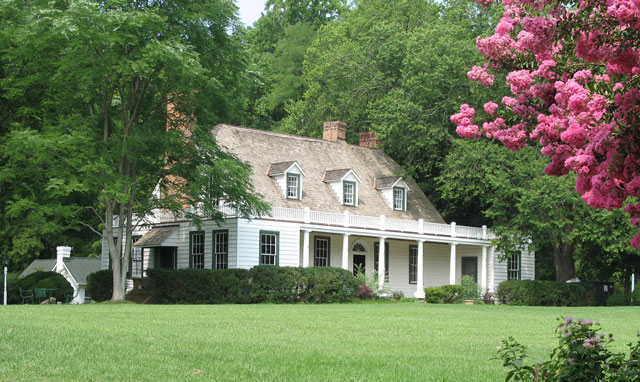
Combining Historical and Environmental Education
Prince William County’s Historic Preservation Division has unveiled plans for a new addition to the Rippon Lodge Historic Site in Woodbridge: a Nature and Interpretive Center combining historical and environmental education. The project promises to serve as a hub for learning and exploration, reflecting the rich history of the site and the surrounding region while promoting environmental stewardship.
Rich Historical Legacy of Rippon Lodge
Rippon Lodge, dating back to the 1740s, stands as one of the oldest homes in Prince William County. Over the years, it has undergone significant preservation efforts led by the county’s Historic Preservation Office, with support from the Board of County Supervisors and various grants. “Rippon Lodge is one of the county’s treasures,” said Sharon Pandak, treasurer of the Prince William Historic Preservation Foundation and a key project advocate. “This center will help preserve its rich legacy, spanning from colonial times to the present, and highlight the diversity of communities—enslaved people, Native Americans, and others—who shaped this region.”
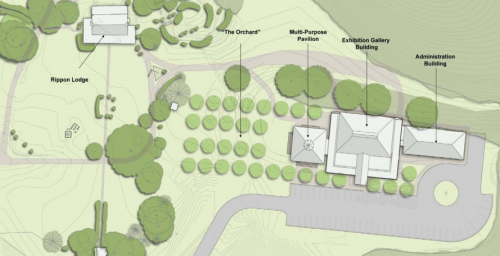
A Dual-Focus Center
The new Nature and Interpretive Center is designed to be a comprehensive educational facility, blending historical interpretation with environmental science. Bill Backus of the county’s Historic Preservation Division emphasized the importance of this dual focus. “We’re aiming to create a space where visitors can learn about both the colonial history of the area and the natural resources along Neabsco Creek,” said Backus. “The center will also serve as an environmental hub, helping to fill a gap for Prince William residents.”
The center will be located southwest of the main Rippon Lodge property, offering scenic views of the Potomac River and close proximity to the Neabsco Boardwalk Regional Park. “This is Prince William County’s answer to Huntley Meadows,” said Pandak, referring to the 1,500-acre wetland area near Alexandria.”We hope to make it even better.” The design is still flexible, but plans include historical exhibits, an environmental education pavilion, and space for community gatherings and events.
Community Impact and Vision
The center will serve as both a museum and a nature center, making it a unique resource for the county. According to Backus, the center’s location near the Neabsco Boardwalk offers “a wonderful opportunity to engage with local wildlife and ecosystems while also exploring the history of eastern Prince William County.”
The Neabsco Creek Boardwalk, part of the Potomac Heritage National Scenic Trail, offers visitors an immersive experience in one of Woodbridge’s most valuable natural assets—the Potomac River waterfront. Stretching 3,300 feet and measuring 10 feet wide, the boardwalk traverses Neabsco Creek, providing a gateway to the region’s wetlands. These wetlands play a vital role in the ecosystem, with their tall grasses and marshlands naturally filtering pollution from the river while creating a rich habitat for various wildlife.
Among the winged species that call the area home are great blue herons, wood ducks, mallards, sparrows, and red-The boardwalk features two observation decks—one two-level and one single-level—as well as three overlooks, each offering stunning views of the surrounding wetlands.
As part of the broader Potomac Heritage National Scenic Trail, which Congress established in 1983, the boardwalk links historic landmarks such as Rippon Lodge and Leesylvania State Park. The Potomac Heritage Trail stretches over 800 miles, winding through Pennsylvania, Maryland, Washington, D.C., and Virginia. This network of trails not only preserves natural beauty but also connects visitors to the region’s rich history.
The project will enhance public access to the site and generate revenue through private events such as weddings and corporate gatherings. “It’s a stunning location,” said Pandak. “I’ve always thought it would be perfect for weddings or community events, and this center will open up those possibilities, all while supporting ongoing preservation work.”
Funding and Timeline
The project is expected to cost several million dollars, with contributions from donations, corporate sponsors, and local government funding. “We’re looking at a five-year timeline, but it all depends on funding,” said Pandak. “We’re hopeful that a large portion will come from contributions, and we’ve already begun initial fundraising efforts.”
Backus added, “The exact cost will depend on the final design, but we’re estimating at least a couple of million dollars. We’ll need support from the Board of Supervisors, as well as state-level funding, to make this a reality.”
Future Opportunities and Community Support
In addition to its educational role, the center is expected to host community events, educational programs, and tour groups. It will also generate income for ongoing restoration efforts at Rippon Lodge, contributing to its long-term preservation.
“This project will be transformative for Rippon Lodge and for the broader community,” said Pandak. “We encourage residents and local businesses to get involved and support our efforts through donations.”
For more information or to contribute to the project, visit the Prince William Historic Preservation Foundation’s website at preservepw.org.
This center promises to deepen the public’s connection to Prince William County’s history while fostering a new appreciation for the area’s environmental beauty. As Pandak stated, “This is our gift to the community—a place where history and nature come together for future generations to enjoy.”

